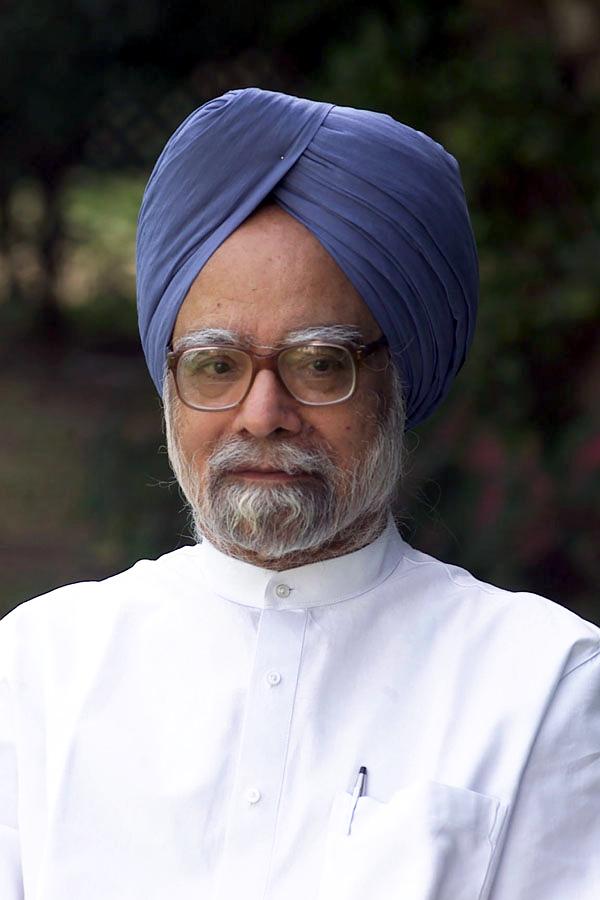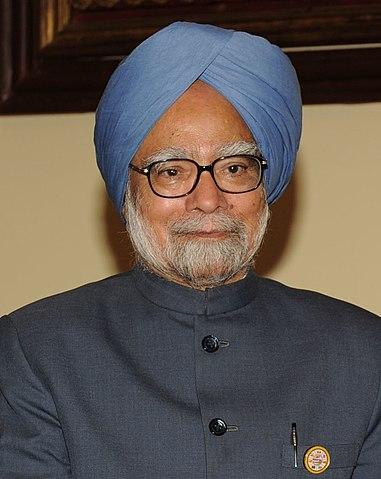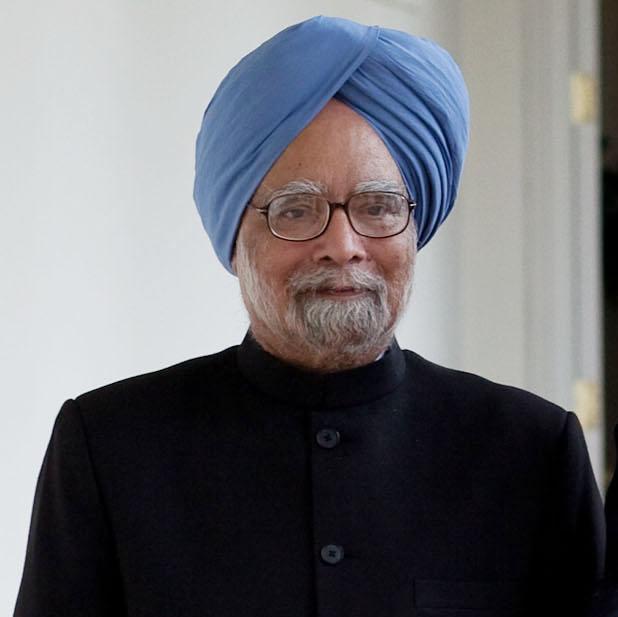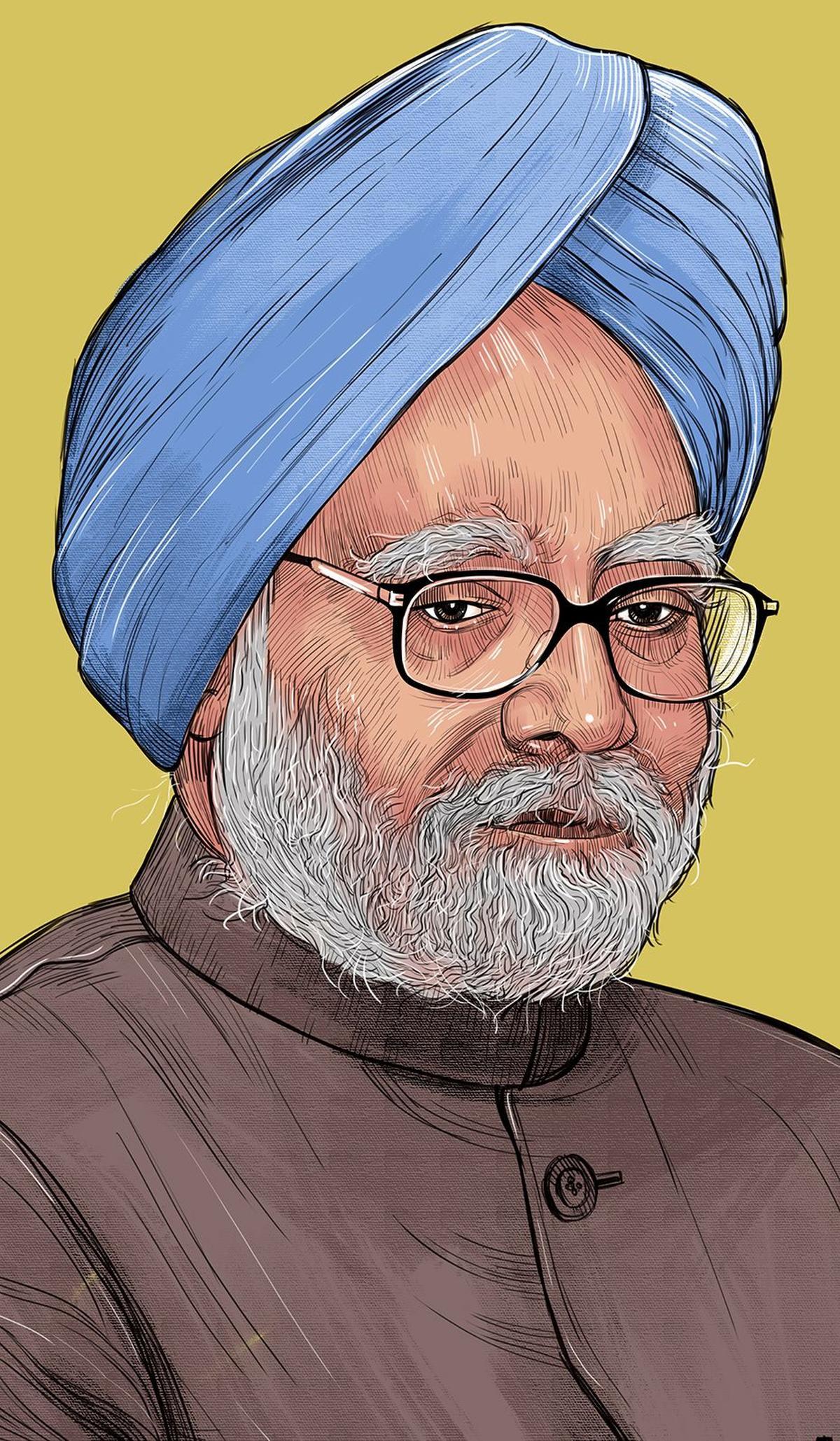Revamping Indias Economy Through Liberalization Policies
in the early 1990s, india stood at a crossroads, confronted by an economic crisis that necessitated a profound change. Under the visionary leadership of Manmohan Singh, the nation embarked on a series of liberalization policies that catalyzed a paradigm shift. By dismantling the old license Raj, Singh opened the floodgates for private investment, granting entrepreneurs the freedom to innovate and expand. this bold move invigorated key sectors,from telecommunications to textiles,and spurred unprecedented economic growth.As a result, India not only stabilized its economy but began to emerge as a global player in the marketplace.
The benefits of these reforms where manifold and showcased the power of liberalization in fostering economic inclusivity. By promoting foreign direct investment, Singh’s policies created job opportunities and paved the way for technological advancement.Key aspects of this economic overhaul included:
- reduction of import tariffs: Encouraging competition and lowering prices for consumers.
- Deregulation of industries: Removing bureaucratic hurdles that stifled growth and innovation.
- Privatization of state-owned enterprises: Enhancing efficiency and productivity.
- Encouragement of entrepreneurship: Establishing a supportive environment for startups and small businesses.
These initiatives not only transformed the Indian economic landscape but also positively impacted the lives of millions,lifting many out of poverty and providing a newfound sense of hope and opportunity for future generations.

Transforming Education: Manmohan Singhs Vision for Higher Learning
Under the leadership of Manmohan Singh, higher education in India experienced a seismic shift that aimed to harness the full potential of the nation’s youth. His vision encompassed a multi-faceted approach to educational reform that emphasized access, quality, and innovation. By introducing policies that encouraged the establishment of new institutions and the modernization of existing ones, Singh aimed to create an educational landscape that would cater not only to conventional academic disciplines but also to emerging fields like technology and management. Key initiatives during his tenure included:
- Expansion of Indian Institutes of Technology (IITs): Notable investments were made to double the number of IITs, enhancing the country’s engineering talent pool.
- National Knowledge Commission: Formed to provide recommendations for improving the Indian education system, focusing on research and accessibility.
- Scholarship Programs: Initiatives to support underprivileged students, ensuring that financial constraints did not hinder academic pursuits.
Moreover, Singh’s commitment to global partnerships played a crucial role in elevating the standards of Indian higher education.By fostering collaborations with renowned international universities, he opened avenues for student and faculty exchange, upgrading curricula, and enriching the academic experience. The result was a greater emphasis on cutting-edge research and innovation within Indian universities, which encouraged students to think critically and solve real-world problems. The key elements influencing this transformation included:
- Encouraging Entrepreneurship: Promoting startup ecosystems within campuses to nurture the next generation of innovators.
- Technological Integration: Implementation of digital tools for learning, paving the way for a modern educational framework.
- International accreditation: Efforts to align programs with global standards, enhancing the employability of graduates.

Healthcare Initiatives: Access and Affordability Under Singhs leadership
During Manmohan Singh’s tenure as Prime minister, healthcare initiatives transformed the landscape of medical access and economic viability in India. His administration recognized that a healthy population is the backbone of a thriving economy, and prioritized healthcare reforms that targeted both urban and rural segments of society. Key strategies included:
- Expansion of Healthcare Infrastructure: Efforts were made to enhance both private and public healthcare facilities, ensuring that essential services were accessible to underserved communities.
- Universal Health Coverage: Initiatives like the National Health Mission aimed to reduce disparities in health services across various regions, providing financial aid to the economically weaker sections.
- Preventive Healthcare Programs: Increased focus on preventative measures through vaccination drives and awareness campaigns aimed at curbing common health issues.
- Subsidized Medicines and Treatments: The introduction of affordable medications and negotiations for essential drugs led to a drastic reduction in out-of-pocket expenses for patients.
Manmohan Singh’s approach not only addressed immediate healthcare concerns but also laid the groundwork for a sustainable health economy. By fostering partnerships between the government and private sectors, numerous public-private collaborations emerged, leading to innovative solutions that improved the quality of care. These complete policies focused on:
- Training and Workforce Development: Investments were made in the healthcare workforce,ensuring that skilled professionals were available to meet the demands of a growing population.
- Research and Development: Increased funding for medical research paved the way for advancements in treatments,particularly in tackling endemic diseases.
- Community Healthcare Initiatives: Engagement with local communities facilitated tailored healthcare services that addressed specific regional health challenges.
- Digital Health Innovations: Adoption of technology in healthcare delivery, enhancing accessibility through telemedicine and online health services.

A Legacy of Global Engagement: Strengthening Indias Position on the World Stage
During his tenure as Prime minister, Manmohan Singh’s commitment to foreign policy was pivotal in redefining India’s place within the global hierarchy. by prioritizing economic reforms and international partnerships, Singh fostered a more open economy that invited foreign investment and collaboration. His efforts to enhance diplomatic relations were characterized by significant milestones, such as:
- The India-U.S. Nuclear Deal: This landmark agreement not only marked a turning point in U.S.-India relations but also showcased India’s emergence as a responsible nuclear power.
- Strengthening Regional Ties: Singh emphasized building relationships with neighboring countries, fostering cooperation with nations such as China and Pakistan to address mutual concerns.
- Participating in Global Forums: His active engagement in international organizations, like the G20, highlighted India’s status as a key player in discussions on climate change, economic stability, and security.
Singh’s foreign policy was underscored by a vision of soft power,highlighting India’s cultural influence,democratic values,and commitment to peace. By advocating for reforms in global governance structures, Singh positioned India as not just a regional leader but as a voice for the Global South. Significant initiatives under his leadership included:
- Promoting Sustainable Development: His administration’s focus on climate initiatives placed India at the forefront of international dialogues concerning environmental obligation.
- Advancing Trade Agreements: Singh worked tirelessly to negotiate trade deals that not only bolstered India’s economy but also fostered global connections,thus enhancing its economic influence.
- Empowering the Diaspora: Recognizing the importance of the Indian diaspora, Singh sought to engage these communities, leveraging their global presence to promote India’s interests abroad.
